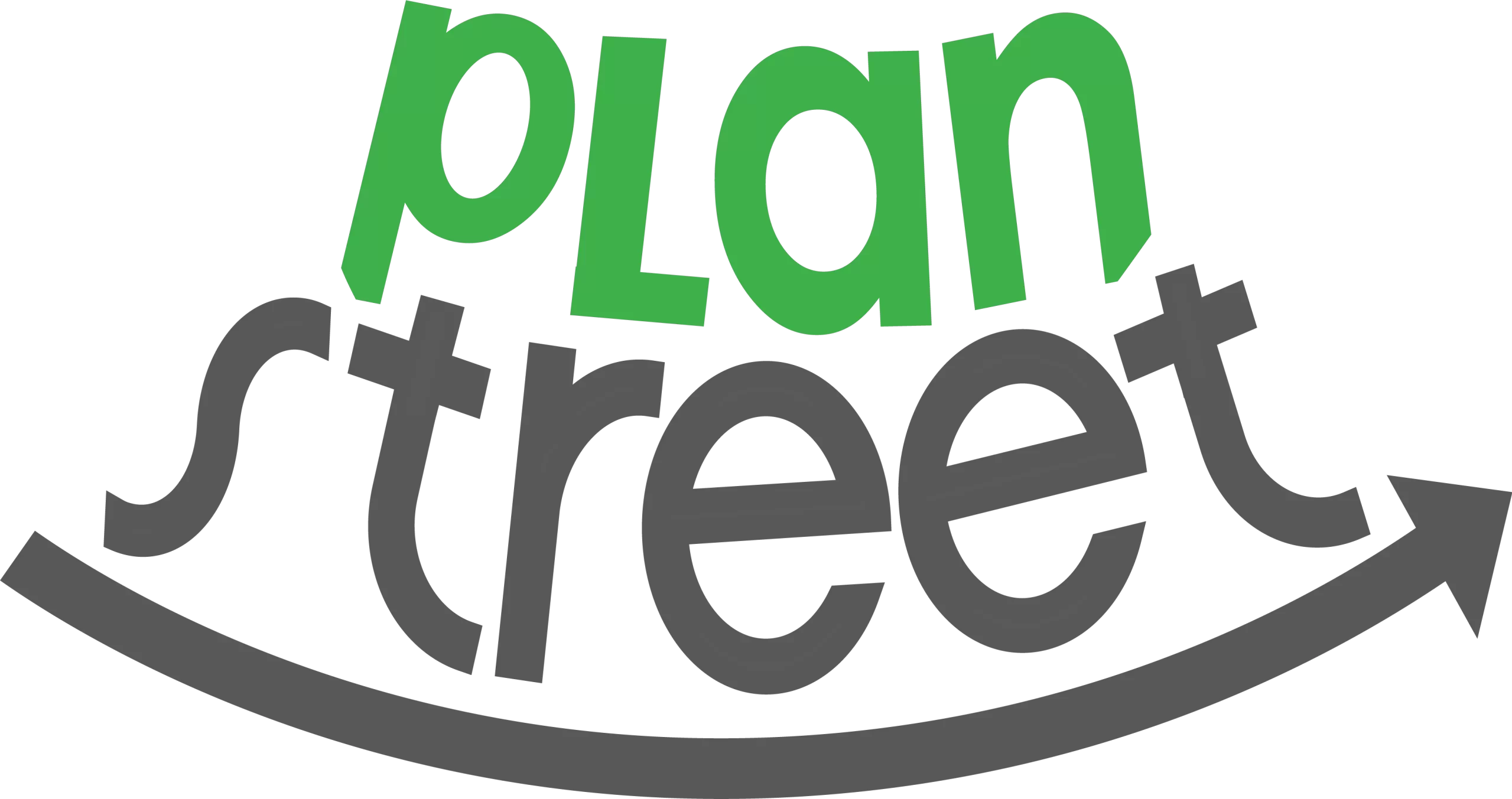Robust Case Management System Helps Handle Challenges in Medical Billing

Written by Team PlanStreet. dated: July 29, 2021
Billing is one of the key components of any medical case management module. A case manager’s job, complicated as it is, is made even tougher when problems related to billing arise. Although many other factors – like communication & collaboration, progress tracking, remote access, flexibility, and security – play their part in making your nonprofit a success, medical billing is something that directly impacts your organization’s financial health.
Human error is what these case management software solutions are designed to minimize with robust built-in billing modules. While they bring increased productivity, improved organization, centralization of critical data, and in-depth analysis of each case, case management solutions for nonprofits also bring huge improvements to medical billing by digitizing the process and thus reducing any chances of billing going wrong.
What is medical billing?
Many nonprofit and human services organizations operating in the field of physical or mental healthcare process dozens of bills on a daily basis. By definition, submitting claims with health insurance companies and following up on them to receive payment for services rendered by a healthcare provider is called medical billing.
Medical billing is what converts a healthcare service into a billing claim. In a healthcare nonprofit setting, the case manager is responsible for processing medical billing and following up on the claims with insurance companies to ensure that their organization received reimbursement for the services it has provided. If the biller has the right knowledge, the organization’s revenue performance can be optimized to the fullest.
A medical coder, on the other hand, reviews clinical statements and allocates standard codes using different classification systems including CPT®, ICD-10-CM, and HCPCS Level II. So, while the medical biller processes and follows up on claims sent to health insurance companies, the medical coder only assigns the right standard codes to the claims.
However, in a healthcare nonprofit setting, where the workforce is much leaner and more productive, the biller and the coder can be the same person. Both the biller and the coder work to ensure that the invoices are paid properly and in due time and that medical office revenue cycles run smoothly.
What are the responsibilities of a medical biller?
The duties and responsibilities of a medical biller may vary significantly depending on the type and size of the organization. But as a typical practice, the medical biller is responsible for compiling the entire data concerning the bill. This data may include, but not be limited, to charge entry, claims transmission, payment posting, insurance follow-up, and patient follow-up.
Another responsibility of medical billers is to work in close coordination with physicians and healthcare providers to fully understand diagnoses and get any missing information. It’s also mandatory for a medical biller to be able to read and be familiar with the medical records and codes like CPT®, HCPCS Level II, and ICD-10-CM, etc.
Like any other job, industry knowledge is key for medical billers as they will be navigating through various insurance rules and regulations on a regular basis. This is important as they will constantly be dealing with the appeals process for denied claims. So, being able to understand the various nuances of insurance carriers while maintaining excellent public relations is naturally a must for a medical biller.
It’s also common for medical billers to find themselves dealing with regulations related to refund requests, Fair Debt Collection, claims and filing, and professional courtesy regulations, among other things. A medical biller is also expected to use data and reports to identify gaps and potential improvement areas.
What are the biggest challenges in medical billing?
The importance of medical billing cannot be stressed enough as it has a direct impact on your nonprofit’s financial wellbeing. Bills not claimed and reimbursed on time can put your service face to face with severe financial challenges. While the billing is critical for any organization, it’s even more crucial in a nonprofit or human service setting where finances are already a big challenge and new donation and fundraising efforts are always taking place to keep the facility running.
But, in legacy medical billing systems, human errors still happen no matter how experienced or qualified the billers are. Some of the most common challenges that organizations face in medical billing are as follows:
Keeping patients informed about the cost of care
Despite facing this challenge on a regular basis, many organizations still fail to keep the patients in the loop on their financial responsibility for the care they require. Apprising the patient of cost estimation before the care is provided is recommended as it doesn’t bring any distasteful surprises for the patient after they have received the treatment and can do little about arranging for the payments.
Checking insurance coverage electronically
Many patients who come to a healthcare facility to receive treatment are not fully aware of what their insurance covers and what it doesn’t. Surprisingly, this is an area where many healthcare facilities still face knowledge gaps. Their failure to fully comprehend the insurance coverage, and communicating the same to the patient, results in confusion on both ends and leaves patients dissatisfied, and often with a big medical bill they are not expecting.
Approving procedures that are not covered
Oftentimes, healthcare facilities go ahead with a medical procedure that’s not covered by their insurance provider. This happens because of a lack of knowledge of how different insurance programs work and what they offer to a certain patient. So, to avoid billing shocks for the patients, it’s imperative for the facility to pre-authorize medical procedures, or else they might not be reimbursed with the patient ending up forced to pay the bill out of pocket.
Lagging in processing bills and following up on them
It’s strange, but it’s still something that healthcare facilities face on a regular basis. For some reason, the biller fails to stay current on the billing game, this causing billing backlogs and losing out on reimbursements. This can easily turn out to be a nonprofit’s nightmare as it heavily depends on reimbursements to continue providing care seamlessly. Losing out on payments for a lack of billing management is a big failure on an organization’s part.
Using the billing codes incorrectly
This seemingly inexcusable error is also a common occurrence with healthcare nonprofits with legacy billing systems. As discussed above, the biller and coder are often two different persons in a large healthcare setting and the same person in a smaller one. The medical billing codes are often being updated and rewritten, and have a direct impact on the time and size of reimbursements. It makes staying current on coding all the more important for medical billers/coders.
Patients that take too long to pay
According to a 2016 survey, one of the biggest challenges that healthcare facilities face is slow-paying patients, which poses a great challenge to the organization’s financial stability. Quite surprisingly, these organizations themselves are to blame most of the time as almost half of them fail to submit electronic statements to patients or offer automated payment plans. So, patients making delayed payments is only natural when organizations lag on processing billing.
How does medical billing software optimize practice revenue?
The challenges we have discussed above are only some that healthcare facilities are faced with on a daily basis. Almost all of these roadblocks appear due to the absence of the digital experience that consumers expect and that modern technology of today easily supports. Sticking to legacy billing systems even in this digital age is only going to compound these challenges, making it much harder for care providers to optimize their practice revenue.
By using medical billing software, which is usually a core component of the bigger, all-encompassing case management solutions for nonprofits, organizations can reduce their performance gaps by folds when it comes to medical billing. These robust software solutions automate the entire billing cycle, removing margin for human error and making processing medical bills and following up on claims a breeze.
Here are some ways a digital medical billing solution helps organizations maximize their revenues and streamline billing processes to stay relevant and successful:
- Managing practice becomes easy
Today’s medical billing solutions come with features like scheduling and financial reporting, making your practice and billing processes much easier than legacy systems. - A centralized platform
A digital medical billing solution centralizes your entire claims process, enabling you to manage everything, right from charge capture to full reimbursement, with mere taps and clicks. - Online patient payments
An advanced medical billing solution will also enable online/digital payments for patients, making the process more streamlined on both ends. Therefore, you can significantly reduce days in A/R. - Analytics & reporting
Many of these medical billing software solutions also offer intuitive reporting and business intelligence tools. This enables you to measure your performance and maximize your revenue. - Intuitive medical coding
Modern medical billing solutions also offer intuitive medical coding tools that can be used by individuals or groups in an equally easy manner. This solves the challenge of staying current on the latest codes. - Digital payment processing
Many of today’s medical billing software comes equipped with digital payment processing facilities, enabling patients to integrate their credit cards and thus auto-post their payments. - Auto-check patient eligibility
The medical billing solutions of today can also automatically check the patient’s eligibility for the care they need, and their insurance coverage. This saves a great deal of future trouble for both patients and the facility. - Centralized billing
With the right medical billing software, you can manage billing for each provider and location within a single database and login. And you can access this data remotely from anywhere at any time. - Complete medical scheduling
Many case management medical billing solutions also offer complete medical scheduling for patients that instantly verify insurance eligibility, handle appointment reminders, provide schedule snapshots and quick-look summaries, and more. - Electronic health record integration
A number of medical billing solutions also offer tools to manage patient medical records and automate clinical workflows. This removes the need for manual data input as all claims data and charge records automatically become a part of your electronic health records.
The bottom line
Legacy medical billing systems, like any other legacy system, are being fast replaced by robust digital solutions that improve performance by folds and remove the margin for errors. As case management solutions for healthcare nonprofits continue to get more advanced, they offer state-of-the-art medical billing solutions making conventional billing a thing of the past. As these solutions deliver more with less human intervention, organizations are able to become leaner and more productive.
So, if you too are still sticking to legacy medical billing solutions for your nonprofit, it’s high time you made the digital move to streamline processes and stay relevant and competitive. There are many medical billing solutions available in the market today, some being standalone billing solutions while others coming as part of a bigger deal under comprehensive case management solutions. By keeping the needs and challenges of your organization in view, and our little help with this article, you should be able to make the wise choice to optimize your practice revenue.


